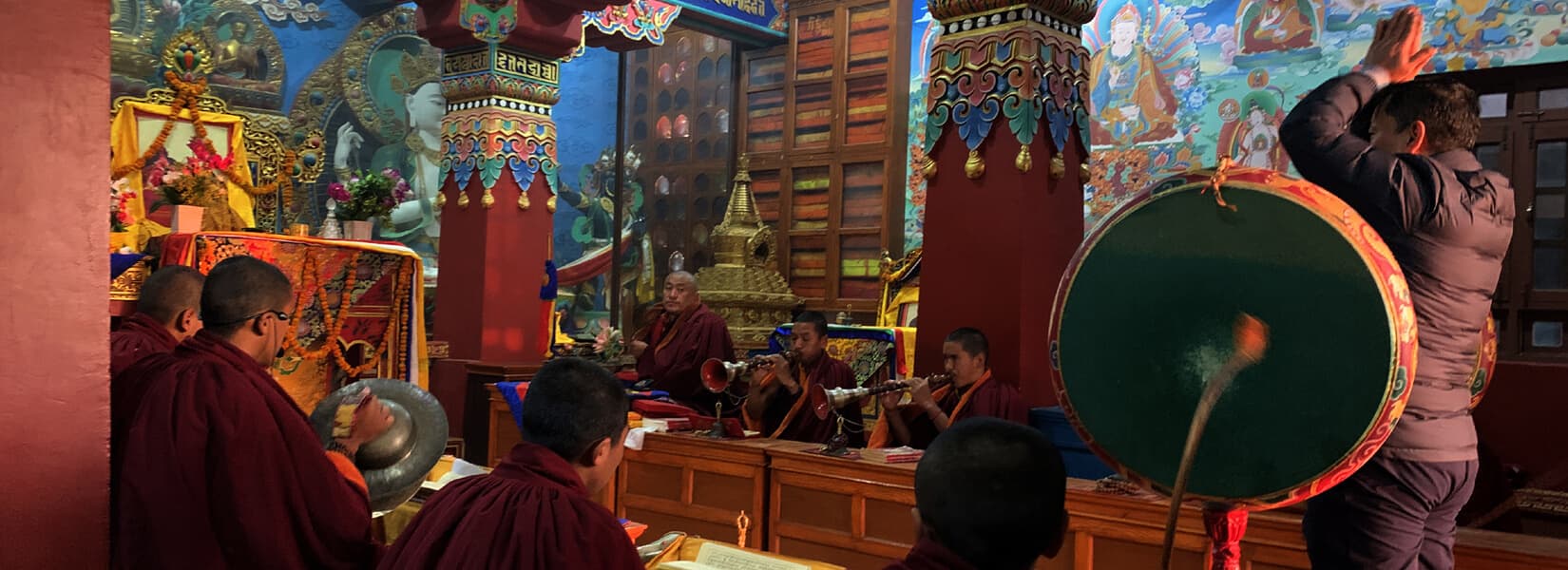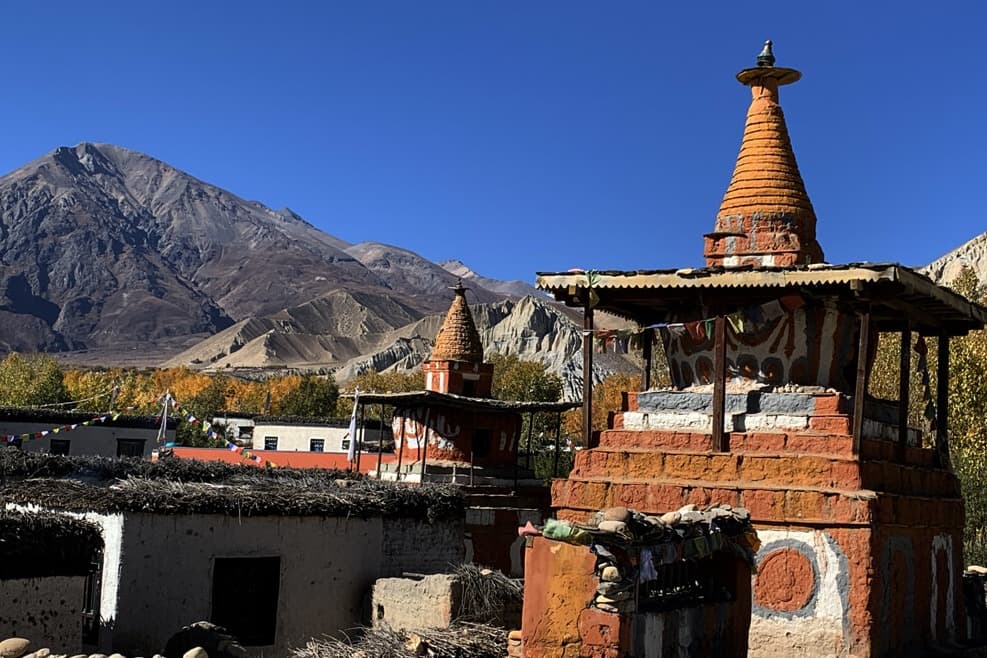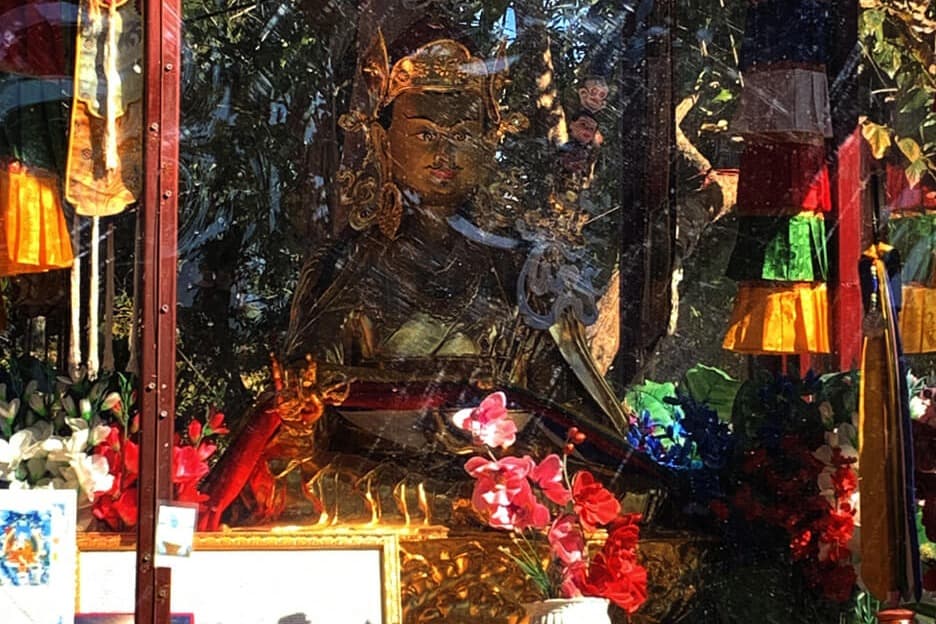Maratika Cave Halesi and Tuwachung Hill Tour from Kathmandu is a delightful Buddhist tour package in Nepal that leads you to the heart of Vajrayana Buddhism and the place of Kirant People’s origin.
The tour starts from Kathmandu, around 8 am. The beautiful Highway driving is another level of excitement. It takes about 10 hours to reach Halesi Maratika Cave, which is quite populated and a commercial town in eastern Nepal.
Trip Facts
Duration: 3 Days from Kathmandu
Driving Distance: 250 km one-way
Transportation: Scorpio/Land Cruiser Jeep
Accommodation: Holesung Resort or Zambala Resort
.JPG)
-0.JPG)
Halesi-Maratika Cave: a tri-junction of three devotees
Welcome to Halesi Maratika Cave, which is a globally renowned pilgrimage destination for Hindu, Buddhist, and Kirant devotees.
In Buddhism
It is related to the precious master- Guru Rinpoche (Padmasambhava), his meditation, attainment of immortality, and so on. Guru Rinpoche is the founder of Vajrayana Buddhism, which is extremely popular as Himalayan Buddhism after it gained popularity in Tibet. While visiting the cave, you will see Buddhist devotees and Lamas meditating and Praying in the Maratika Halesi Cave. A giant monastery is located at the entrance of the cave.

.jpg) A monastery and the surroundings of Maratika Halesi seen from the across hill
A monastery and the surroundings of Maratika Halesi seen from the across hill
In Hinduism
Once Bhasmasur devil sat on a deep penance and Lord Mahadev was delighted. Then He asked Bhasmasur about his wishes. Bhasmasur asked for a blessing from Mahadev that whoever the person he will touch by his hand, will die immediately. After receiving the blessing, Bhasmasur tried touching Mahadev Himself. So, Mahadev ran away from there and went to Basaha Cave, which is also known as the Lower Halesi Cave.
The Bull created an obstacle in the chase after Mahadev went inside the cave. Till that time, Mahadev flew away from the top of the cave making a way by opening the hill cap. Thus, the top of the Basaha cave is open.
In Kirant Mythology
Kirant people believe that their ancestor Raichhakule (Hetchhakuppa/Khokchilipa) used to stay inside Halesi Cave. It is said that once he was hunting the deer, it ran inside the cave, which was covered in grass and grassy ropes. When he peeped inside, he saw a magical superpower that Lord Mahadev gave darshan to him. From that day onward, he blocked all the hunters to stop hunting around the cave.
Tuwachung Hill, where the Kirant Civilization began
The sacred Tuwachung Hill is located about 5 km away from the renowned site of Maratika Halesi Cave. It is the Kirant People's original place, which is their pilgrimage zone. Kirant people visit there and pay homage as it is the first point, where civilization began. It is located close to the Middle-Hill Highway (Madhya Pahadi Lokmarga). Tuwa means Knowledge and Chung means hill, so it is a hill of knowledge, civilization, craftsmanship, and overall ideas of livelihood practice.
-0.JPG)
.JPG)
Once you leave the Highway, you need to walk to climb up the mountain, through the stairs. But the walking route is fine. Right after walking for about 10 minutes, you will encounter a statue of Raichhakule (he is a brother of Khiyama and Tayama). He researched and found out what to eat and what not to eat. So, he is regarded as an iconic man in Kirant mythology.
Grain Story Connected to Raichhakule
Once Raichhakule was hunting doves. He found some grains stored in the mouth storage of the bird. Then he thought that if a bird is eating these things, then definitely it is edible. In this way, he is remembered as a pioneer of grain discovery.
 Statue of Raechhakule/Hetchhakuppa
Statue of Raechhakule/Hetchhakuppa
Marriage Culture and Use of Natural Loom
Tuwachung is also a place of wedding origin. Tayama and Khiyama invented the technology of natural loom. The agricultural production started here after Raichhakule discovered the fact that the grain was edible. This is a historical place of the Kirant Civilization. They searched resident places, places to sit for communication purposes, and so on.
There is a special connection between Tuwachung Hill and Maratika Halesi Cave as Raichhakule used to live in the Halesi Cave.
The Naga Cave, near Maratika Halesi
The Naga Cave is located between Halesi Maratika Cave and Tuwachung Hill. It is an exploration of the palace of the Naga King (King of Serpents). It has two mythologies: Hindus regard it as a place where Parbati stayed and meditated and Buddhists regard it as one of the caves of Guru Rinpoche Mandarava. The cave is clearly distinguished as human territory and Naga territory, but you can go till the end of the Naga cave. People worship and offer Lungdar there.
-0.JPG)
Trip Itinerary
Day 01: Drive Kathmandu to Halesi.
Day 02: Halesi Maratika Cave exploration, Naga Cave, and Tuwachung Hill. Drive back to Halesi.
Day 03: Drive back to Kathmandu.
For Booking and Inquiry
WhatsApp: +977 9851159455
Email: [email protected]
More Guru Rinpoche (Padmasambhava) Sites in Nepal
- Asura and Yanglesho Cave Pharping


.JPG)
.JPG)
.JPG)
.JPG)
.JPG)

